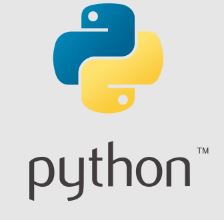Loops are essential constructs in C programming, enabling you to execute a block of code repeatedly. In this comprehensive article, we’ll delve into loops in C: for, while, and do-while. You’ll gain a deep understanding of how to use these control structures effectively with real-world examples and output demonstrations, allowing you to write efficient and flexible C programs. Loops (for, while, and do-while) are fundamental constructs in C programming, allowing you to execute code repeatedly. In this article, we’ve explored these loops with real-world examples and output demonstrations, giving you a solid foundation for writing efficient and flexible C programs.
The for Loop
The for loop is widely used in C for executing a block of code a specified number of times. It consists of three parts: initialization, condition, and increment/decrement.
Output:
The while Loop
The while loop repeatedly executes a block of code as long as a specified condition remains true.
Output:
The do-while Loop
The do-while loop is similar to the while loop, but it guarantees that the code block is executed at least once before checking the condition.
Output:
Loop Control Statements
The break Statement
The break statement is used to exit a loop prematurely based on a certain condition.
Output:
The continue Statement
The continue statement is used to skip the current iteration of a loop based on a certain condition and proceed to the next iteration.
Output:







